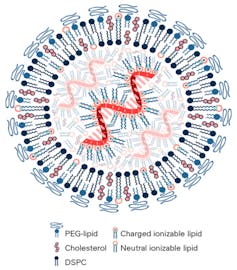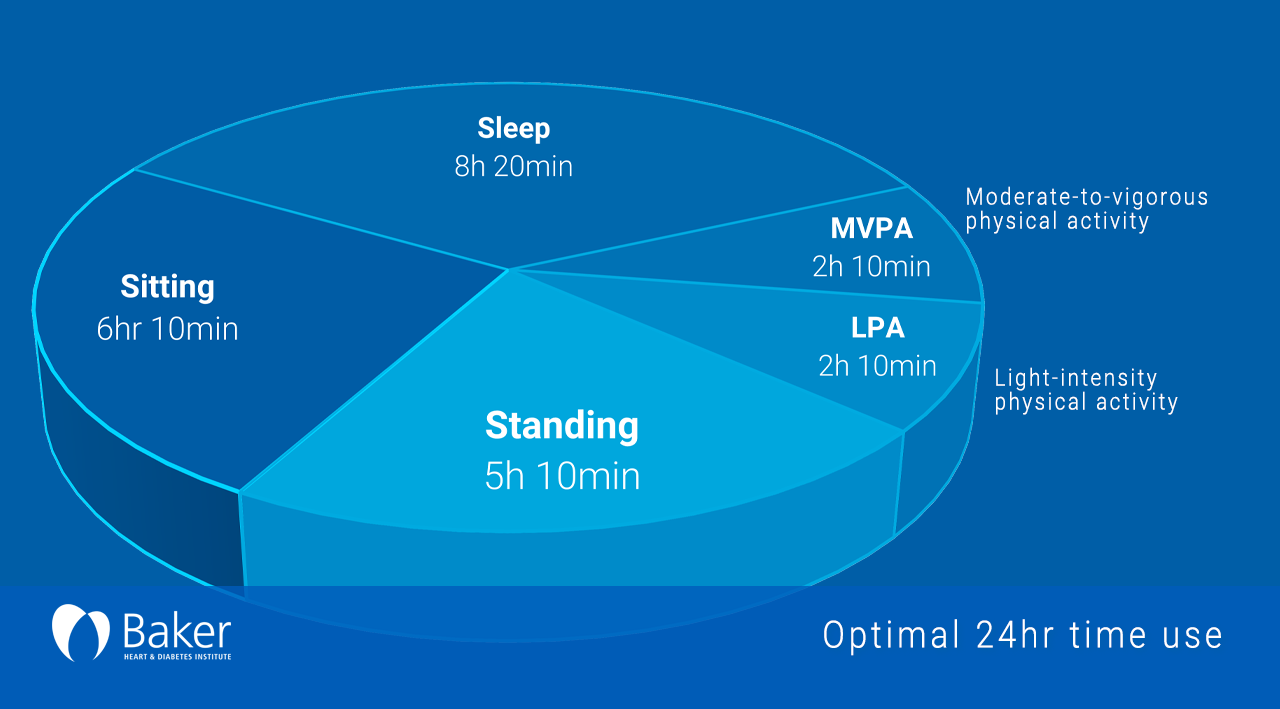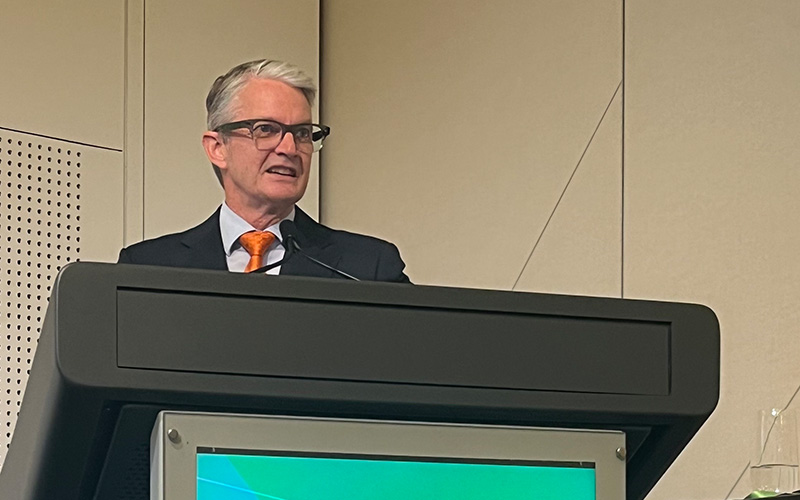The Digital Transformation Agency (DTA) is replacing the Digital Marketplace in 2024 and improving the way that government buys digital and ICT services. This blog series is your behind-the-scenes insight as it progresses, to understand where the project is heading and why.
If you haven’t already, you might want to go back to the beginning to read about this project and why we are doing it.
In this blog, we focus on our current state – what were already know about the Digital Marketplace and how it is performing against the expectations of our users.
For this research sprint, we took a deep dive into the findings of surveys and reports on the existing Digital Marketplace over the last 2 years, looking at the experience and pain points of over 1200 users. This gave us a clear picture of the marketplace’s successes, challenges, and what we need to make sure that we address in any new marketplace for ICT services and labour hire.
Why we did it
“The DTA is genuine about designing a new marketplace that meets the needs of our users and improves their overall experience of digital and ICT procurement,” said Director Anthony Conway.
“While the current Digital Marketplace has been successful in many ways, this approach will ensure that we continue to enhance our marketplaces and BuyICT.gov.au platform in the right ways. But before we go forward, we need to understand where we have come from.”
What we found
Working through the views of over 1200 users can be complex, but we have focused this into 5 pillars that will guide the design of the new marketplace. These include:
- Value: our core objective needs to be to improve value-for-money through a robust and accessible marketplace with appropriately vetted sellers. While our users want more confidence in the evaluation process and pricing, they do still see great benefit in the way the marketplaces centralise ICT procurement to reduce the time, effort, and cost involved.
- Transparency: while our users appreciate the increased transparency of opportunities under the existing Digital Marketplace, they told us that we should improve transparency throughout the life of a procurement. There were specific callouts around pricing, budgets, service categories, selection criteria, and feedback. Improving this would give sellers – particularly smaller providers – greater insight when trying to break into a government market that can be perceived at times as impenetrable.
- Equity: although a lot was done in the existing Digital Marketplace to even the playing field for start-ups, small-to-medium enterprise and Indigenous businesses, these sellers are telling us that there is still a way to go. We have reduced the barriers to entry, but there still seem to be barriers to their full participation, with sellers often finding it difficult to get invited to opportunities. On the other side, buyers tell us that there is a great range of sellers, but with over 3,600 of them, it can be hard to find the right ones to invite.
- Simplicity: this is another area where the Digital Marketplace and BuyICT.gov.au have made great progress, but our users would like to see us build on the simplicity, speed, and security of the existing arrangement. The platform could be more intuitive and easier to navigate, while the work orders for the new marketplace could be more user-friendly and automated, with clearer expectations to guide users through the end-of-procurement process.
- Consistency: this might be one for the DTA to keep working towards longer-term, as users have demonstrated strong interest in further consolidating ICT procurement. They would like to see a high-quality, foundational contracting structure to combine all of DTA’s marketplaces – likely with a common head agreement, category terms to address more specific requirements, and the flexibility to add additional terms when required.
How we’ll use it
The final features of the new marketplace won’t be locked in until all the research phases are complete, but the delivery of the new marketplace is likely to be iterative.
Based on this sprint, the initial focus of the marketplace will likely be on delivering a:
- stronger contract framework that delivers simplicity, consistency, and flexibility.
- new and transparent model for pricing ICT services and labour.
- improved processes and visibility of seller evaluation (for applications and opportunities).
- more fit-for-purpose taxonomy for services and ICT labour roles.
- better way foster competition and match buyers with the right sellers, including for start-ups, small-to-medium enterprise, and Indigenous businesses.
- Improved user experience for BuyICT.gov.au.
“As with our other procurement arrangements, we will work to establish a marketplace that is fit-for-purpose, delivers value, and improves the overall user experience,” said Mr Conway.
“Once we have established this for ICT services and labour hire, and can gauge the success of this process, then the DTA can consider how we continue to iterate our marketplace and BuyICT.gov.au platform to further reform digital and ICT procurement across government.
As we look ahead, one marketplace might be the answer to that.”
Stay with us
Keep an eye out for our next blog on our work to understand the panel landscape and what we can learn from what others are doing.








